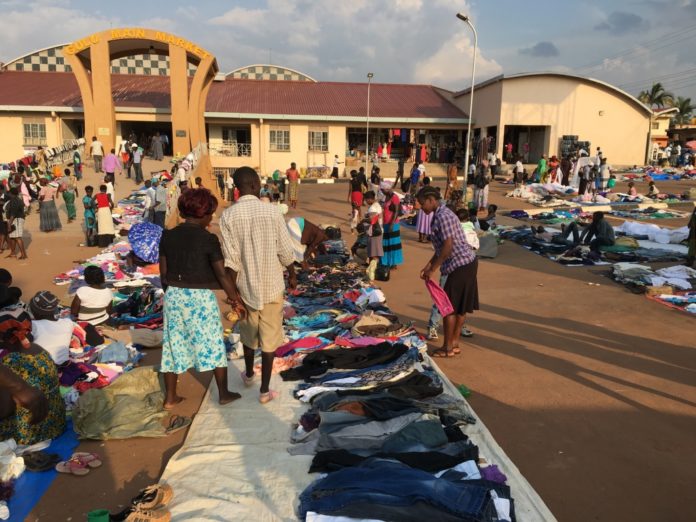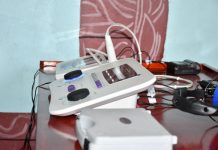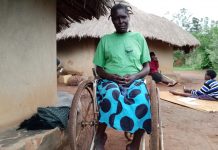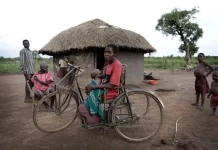By Emmy Daniel Ojara, Speak FM
Report on Statistics from the Acholi Sub Regional Leprosy coordination office show that new cases of severe leprosy have been reported in the region with Gulu emerging as the highest.
Out of 26 cases of grade II leprosy disease Gulu district alone has 5 cases. Kitgum, Lamwo and Nwoya shared a tally of 4 while Omoro, Amuru and pader reportedly have 3 cases each. It is commonly reported in people with disabilities.
The coordinator for Leprosy in the Acholi sub-region Mr. Jimmy Komakech believes there could possibly be many more cases within the community that was neither reported nor diagnosed or detected.
Jacob Ojok is the Leprosy Focal Point person In Gulu district. He says the detection and early diagnosis of the disease is still a the major challenge among the health workers.
According to Dr. Sarah Byakika the Commissioner in Charge of Planning at the Ministry of Health, Leprosy is still a problem in the country with 50 percent of the patients reporting Grade II Leprosy presenting among persons with disability at the time of the first diagnosis against the 13.8% target rate.
She attributes this to low awareness of leprosy and delayed diagnosis, something she says calls for increased awareness about the disease.
Leprosy is a chronic, curable infectious disease mainly causing skin lesions and nerve damage. It is caused by infection with the bacterium Mycobacterium leprae and mainly affects the skin, eyes, nose, and peripheral nerves. Symptoms include light-colored or red skin patches with reduced sensation, numbness, and weakness in hands and feet. Leprosy can be cured with 6-12 months of multi-drug therapy. Early treatment avoids disability.
The Ministry of Health states that Uganda has achieved the target of elimination of Leprosy as a public health problem however, a number of new Leprosy continue to be notified annually.
In 2009, the case detection rate was 1.2/100,000. New cases continue to occur but 2/3 of cases came from only 13 out of 112 districts. New cases are unevenly distributed and this complicates Leprosy control efforts.





